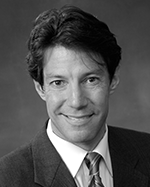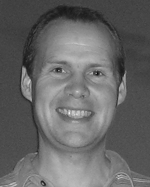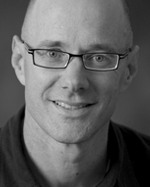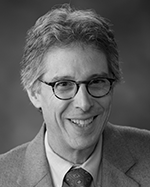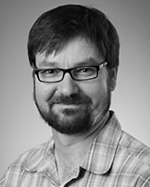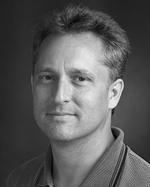
Scott M. Frailey, PhD
University of Illinois, Urbana-Champaign
Director
Dr. Scott M. Frailey is the Director of the GSCO2 and the chair of the Executive Committee. He provides scientific and technical leadership, as well as maintaining the functionality of the Center in terms of communication, collaboration, personnel assignments and recruitment of staff and advisory committee members. Scott's specific research is in the area of reservoir characterization that includes core analyses, well log analyses, and pressure transient analyses to provide reservoir rock properties to geocellular models for use in multiphysics flow and transport modeling.
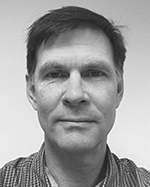
Steve Whittaker, PhD
University of Illinois,
Urbana-Champaign
Associate Director
Dr. Steve Whittaker is the Director of Energy Research & Development at the Illinois State Geological Survey, which is a part of the Prairie Research Institute at the University of Illinois. He leads a team with wide-ranging research interests in efficiencies around subsurface resources, including carbon capture and storage. He was previously based in Perth, Australia, where he was Research Group Leader for Reservoir Dynamics with the Commonwealth Scientific and Industrial Research Organisation (CSIRO), working on deploying carbon storage technology at the industrial scale in Australia and globally. Steve also serves as Chair of the TC265 committee developing ISO 27914, an international standard for geological storage of CO2. Previously, he was Principal Manager for Geologic Storage of CO2 at the Global CCS Institute in Canberra, Australia, and Chief Technology Manager at the Petroleum Technology Research Centre in Canada. In the latter position, he managed a program studying storage and monitoring of CO2 injected into a depleting oil field for enhanced oil recovery at Weyburn, Saskatchewan, which is among the world’s largest monitored CO2 injection sites. Steve is a geologist with a PhD from the University of Saskatchewan, Canada, and has worked in petroleum and carbon storage related fields for more than 20 years.
|



